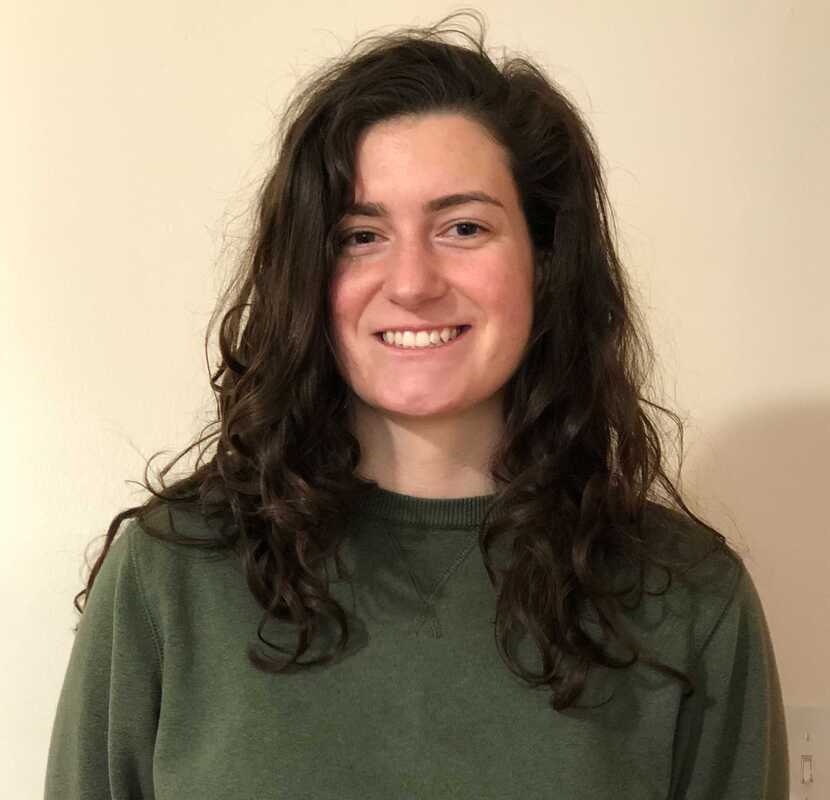|
Thanks to Michele for once again leading the annual lab photoshoot, this year in front of the main MIT building on Mass Ave.
Our lab potluck was a success, filled with delicious dishes from around the world. We enjoyed fun conversations and nice food!
We are excited to welcome Ava and Vicky who started earlier in June.
Ava joins us from the MIT Summer Research Program and is working with Sumin on understanding Polycomb bodies. Vicky joins us from the MIT BE graduate program for a summer rotation.
Check out our new collaborative paper in Molecular Cell led by Amanda Waterbury, Hui Si Kwok, and Ceejay Lee in the Brian Liau lab at Harvard with imaging contributions from Domenic on understanding how the IDRs in LSD1 contribute to its function here.
 Big thank you to NIH NIBIB for funding our R01 grant on nascent transcription imaging and analyses. This will provide crucial funding for the coming years.
In a project led by Gavin Schlissel and Pulin Li, they used single-molecule tracking to understand synthetic morphogen gradients in collaboration with Domenic on the microscope that he built in the lab.
Please see the full preprint on bioRxiv.
|
Archives
July 2024
|














